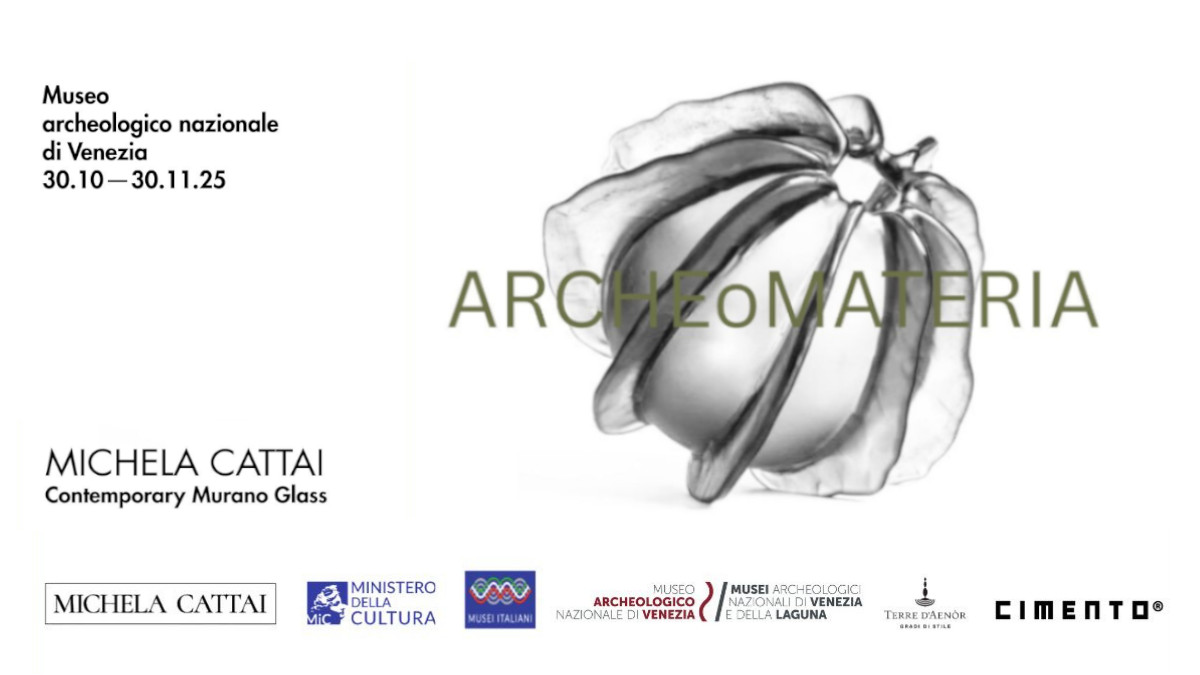
Each object is a journey. Revived marbles
The walls of Venetian palaces and the museum halls preserve many recognizable traces of the reuse of archaeological materials from the Hellenic Levant.
It is the case of two Cretan interstate stelae, now in the National Archaeological Museum of Venice. The first stele, with treaties of alliance between the city-states of Gòrtyna, Hieràpytna, and Prìansos, dates back to 205 BC, approximately, and was discovered in 1850 during construction works on private property near the Rialto Bridge (Insc. Cret. IV, 1950, n. 174). Recovered from the walls of the Basilica of San Marco during a restoration in 1882, the second stele is an alliance treaty between Lato and Olus and dates back to the end of the 2nd century BC and was (Insc. Cret. I, 16, n. 5).
Hieràpytna also appears in a third stele, found at the end of the 18th century in the house of Canon Quirini in Portogruaro (Venice), where it served as a windowsill. It is the lower part of a stele written on both sides, dated shortly after 205 BC. It presents on one side a treaty of alliance between Hieràpytna and Rhodes; on the other side, there are two different texts: the first shows a pact between Hieràpytna and Lyttos, the second between Hieràpytna and Magnesia (Inscr. Cret. III, 3, no. 3 a-c).
Among the examples of reuses of antiquities still in situ, we can mention an Attic sepulchral stele from the 1st century BC walled up outside the Weber house in S. Canciano. The scene is quite common: below an arch supported by two pillars are a woman seated on a stool and a boy who extends his right hand in a gesture of greeting. The small funerary monument in Pentelic marble belonged to a woman from Amisos in Pontus. On the same wall, we found a second funerary stele with a funeral banquet scene and two other fragments in high relief.
More ancient is an altar of Cycladic origin reused around 1490-1500 in the facade of Palazzo Mastelli, known as “of the camel” in Cannaregio. The composite Renaissance and Gothic building features statues, reliefs, and reused architectural elements in the various elevations. At the eastern end of the first floor stands out a cylindrical marble altar decorated with bucrania and garlands. It is a type of Greek artifact well documented from the late Hellenistic period, especially in the Aegean islands and on the coasts of Asia Minor. The archaeologist Luigi Sperti dated it to the end of the 2nd century BC and hypothesized a provenance from Delos based on the stylistic and typological analysis.
Two other similar altars, preserved in the Archaeological Museum, arrived in Venice from the same island in the Cyclades. Once it arrived in Venice, one of them was reused as a support for the baptismal font in the church of S. Salvatore in Murano. It then entered the museum in 1884. A deep cavity on the upper face, perhaps to collect the ashes, has led to the hypothesis of its original use as a funerary altar.
A similar fate met a cylindrical sepulchral altar donated to the museum by Pietro Pisani Moretta, which was inside the church of Sant’Andrea in Athens in the mid-18th century. Festoons of leaves, flowers, and fruit adorn the artwork. Ribbons supported by bucrania held them together. An inscription recalls the name of the deceased: Elio Demetrio of the Chollidai deme. The relief style and the characters of the inscription date the monument to the first half of the 2nd century AD.
A second cylindrical altar with bucrania and garlands, from the 2nd century AD, has a fragmentary inscription, which refers to the same Athenian deme. Already in the Pisani villa of Santo Stefano in Strà, they transformed the altar into a well at an unspecified time. There are clear traces of its use as such on the artefact.
This last type of reuse is fascinating because it has to do with an infrastructure vital for a long time in Venice, a city without fresh water: wells. Almost all the oldest Venetian wellheads came from reworking statue bases, cinerary urns, votive or funerary altars, capitals, and ancient column drums. The Archaeological Museum courtyard houses other well curbs: the first obtained from a portion of a fluted column and the second from a superb Corinthian-Asian capital of the 3rd century AD. The Flemish painter Giovanni Grevembroch depicted it in a watercolor when the artefact was still in use in the 18th century.

In one recent essay, Salvatore Settis addressed the theme of reuse as a new life for reused marbles or “revived marbles” (rediviva saxa). He explains how «a crucial element in the narration of every reuse is the physical and temporal threshold that the recycled object crosses to take its place in its new context». It is easy to understand the meaning of the second: the time elapsed from the first use to the recycling date. As for the first, the distance between the place of origin and the place of reuse, we add that it can only have a particular meaning for the Archaeological Museum of Venice, where each object tells a journey (and often even more than one).
MDP
For quotes and insights:
F. Ongania, Raccolta delle vere da pozzo in Venezia, vol. II, Venezia 1889; M. Guarducci, Le iscrizioni greche di Venezia, in “Rivista del R. Istituto d’Archeologia e Storia dell’Arte” IX, fasc. I-III, 1942, pp. 7-53; L. Sperti, Sul reimpiego di scultura antica a Venezia: l’altare di Palazzo Mastelli, in “Rivista di Archeologia” 20, 1996, pp. 119-138; S. Settis, Short Circuits: When (Art) History Collapses, in Recycling Beauty, edited by S. Settis, A. Anguissola, Milan 2022, pp. 61-85.




